Chinese Medicine Cuisine - The Art of Healing Through Food
The Philosophy of Chinese Medicine Cuisine
Chinese medicine cuisine is a unique culinary style that blends traditional Chinese medicine with cooking techniques to achieve health benefits such as strengthening the body, enhancing immunity, and promoting beauty and longevity. By selecting foods according to their natural properties and balancing yin and yang, one can cultivate long-term well-being.
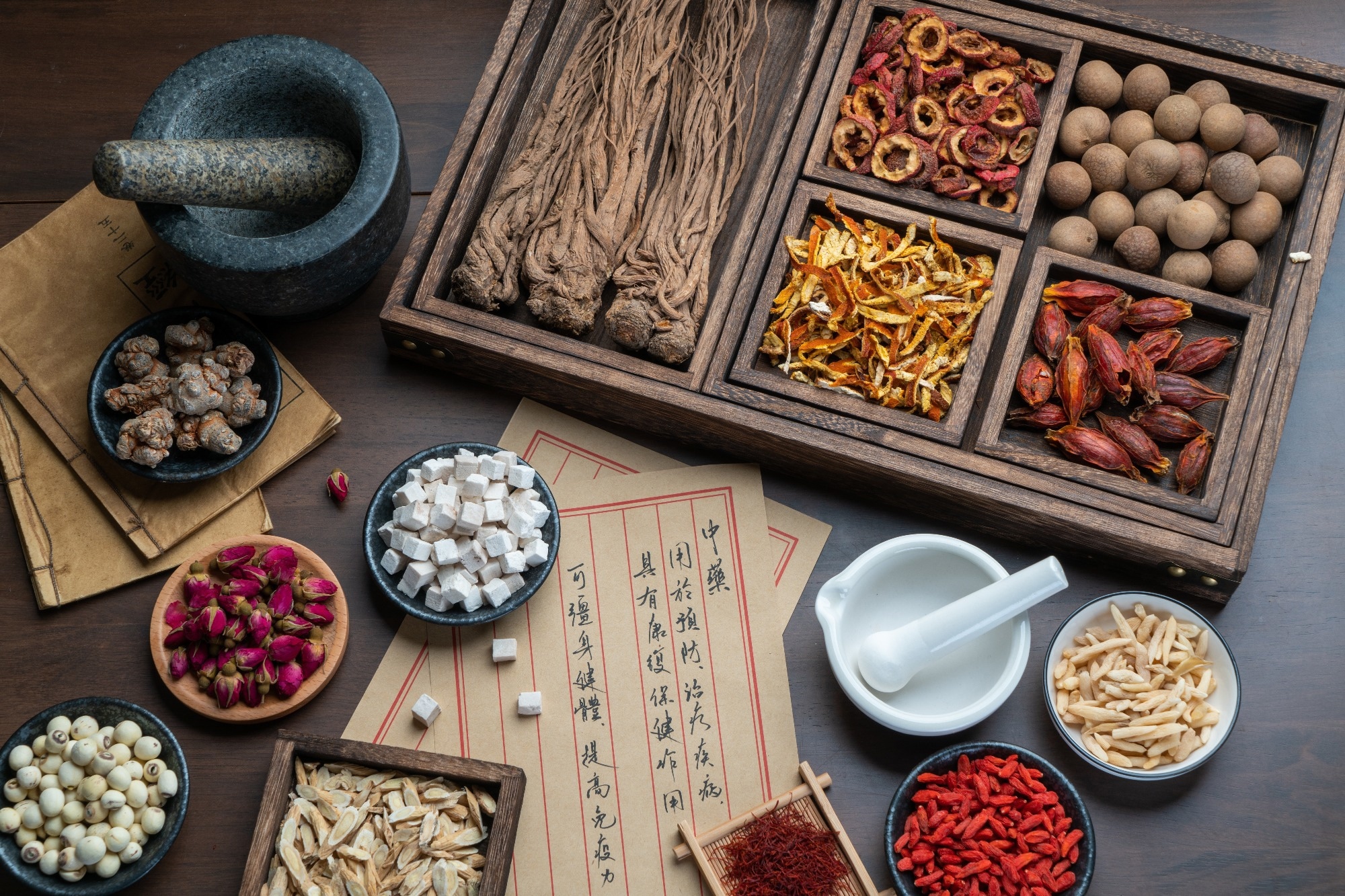
The Five Natures of Food
In traditional Chinese medicine (TCM), foods are categorized by their nature and effect on the body. The five primary natures include:
-
Han (Cold/Yin) – Cooling and reducing inflammation
-
Liang (Cool/Yin) – Mildly cooling, suitable for gentle detoxification
-
Ping (Neutral) – Balanced, suitable for most people
-
Wen (Warm/Yang) – Supports digestion and warms the body
-
Re (Hot/Yang) – Stimulates circulation and metabolism
Cold (Han) Foods
Cold foods help dispel internal heat and inflammation. They are best consumed in hot weather or when experiencing high fever, sore throat, or inflammation.People with weak digestion, those prone to cold symptoms, and postpartum women.
Examples: Bitter gourd, lotus root, watermelon, sugar cane, tomato, wax gourd, yellow gourd, snail, crab.
Cool (Liang) Foods
Cool foods have a milder cooling effect than cold foods and help maintain internal balance.
Examples: White radish, ridged luffa, maize, green bean, bean curd, orange, apple, pear, duck egg, abalone, mushroom, goji berries, dried shiitake mushrooms.
Neutral (Ping) Foods
Neutral foods do not strongly affect body temperature and help maintain balance. They are generally suitable for all body types.
Examples: Rice, sweet potato, flat bean, yellow bean, black bean, red bean, carrot, lotus seed, corn, pomfret, pork, goose meat, frog meat, butter, milk, fungi (such as shiitake, enoki, and black fungus).
Warm (Wen) Foods
Warm foods improve digestion, support energy (qi), and prevent cold-related illnesses.
Examples: Apricot, ginger, spring onion, onion, papaya, glutinous rice, vinegar, almond, venison, prawn, fish, chicken, beef, goat meat, liver, ham, red dates, goji berries.
Hot (Re) Foods
Hot foods stimulate circulation, boost metabolism, and are often consumed to fight off colds.
Examples: Chili, pepper, ginger, cinnamon, garlic, red sugar, dried mushrooms.
The Yin and Yang Theory in Food
In TCM, health is achieved by maintaining a balance between yin and yang energies. Foods are classified based on their ability to nourish these energies.

Yin Foods
Yin foods help to cool and hydrate the body, promoting balance.
Examples: Tofu, bean sprouts, most fruits (bananas, watermelon, persimmons, pears), vegetables (cucumbers, tomatoes, spinach, eggplants), seafood, crabs, mushrooms, goji berries.
Yang Foods
Yang foods help to warm the body and boost energy levels.
Examples: Beef, lamb, chicken, fish, spices (ginger, garlic, black pepper, cinnamon), root vegetables (carrots, onions, sweet potatoes), red dates.
The Five Tastes and Their Benefits
According to TCM, different flavors are associated with specific organs and functions.
-
Sour (Liver) – Supports liver function (e.g., hawthorn, goji berries, plum)
-
Sweet (Spleen) – Nourishes the digestive system (e.g., yam, pumpkin, rice, red dates)
-
Bitter (Heart) – Detoxifies and cools the body (e.g., bitter melon, lotus seeds, dandelion)
-
Spicy (Lungs) – Promotes circulation and clears congestion (e.g., scallion, ginger, garlic, chili pepper)
-
Salty (Kidneys) – Strengthens kidney function (e.g., kelp, seaweed, laver, crab)
Chinese Medicine Cuisine Guide to Seasonal Eating for Optimal Health
Chinese medicine emphasizes adjusting one’s diet according to the seasons to maintain harmony in the body.

Spring - Green Vegetables for Liver Detoxification
Spring represents renewal and growth, making it essential to nourish the liver with fresh, green vegetables.
Recommended Foods: Garlic chives, broccoli, lily bulb, yam, lotus seed, goji berries, barley, millet.
Summer - Hydrating Fruits to Cool the Body
Summer increases yang energy, so cooling, hydrating foods are essential to prevent overheating.
Recommended Foods: Watermelon, cucumber, green beans, mushrooms, red dates.
Autumn - Moistening Foods for the Lungs
Autumn's dryness affects the lungs, so it's important to eat foods that nourish bodily fluids.
Recommended Foods: Pears, sugar cane, water chestnut, white fungus, lily bulb, goji berries.
Winter - Warming Soups to Dispel Cold
Winter calls for nutrient-rich, warming foods to support circulation and immune function.
Recommended Foods: Chicken soup, lamb, mutton, red dates, ginger, fungi (dried shiitake mushrooms, black fungus, enoki mushrooms).
Top Winter Recipes for Health
-
Stewed Crucian Carp with Peanuts and Red Beans – Strengthens the spleen and stomach.
-
Yam Tangyuan (Glutinous Rice Balls with Yam Paste) – Boosts digestion and energy.
-
Stewed Chicken with American Ginseng – Enhances immunity and promotes beauty.
-
Spare Ribs and Lotus Root Soup – Clears heat and quenches thirst.
-
Mushroom and Red Date Chicken Soup – Nourishes qi and improves circulation.
Health-Boosting Foods and How to Eat Them

Red Dates (Jujube)
-
Benefits: Nourishes blood, enhances immunity, and improves sleep.
-
How to eat: Can be eaten raw, brewed into tea, or cooked in porridge and soups.
Goji Berries (Wolfberries)
-
Benefits: Improves vision, strengthens immunity, and boosts kidney function.
-
How to eat: Can be added to teas, soups, congee, or eaten as a snack.
Raisins
-
Benefits: Enhances digestion, improves iron absorption, and provides natural energy.
-
How to eat: Can be eaten directly, added to oatmeal, or used in desserts.
Lotus Seeds
-
Benefits: Strengthens the spleen, calms the mind, and promotes better sleep.
-
How to eat: Used in soups, congee, and desserts.
Lily Bulb
-
Benefits: Nourishes the lungs, relieves stress, and improves skin health.
-
How to eat: Often used in sweet soups, stir-fries, or congee.
Silver Ear Mushroom (Tremella)
-
Benefits: Hydrates the skin, strengthens immunity, and supports lung health.
-
How to eat: Cooked in sweet soups with red dates and goji berries.
Wild Mushrooms
-
Benefits: Boosts immunity, supports digestion, and is rich in antioxidants.
-
How to eat: Used in soups, stir-fries, or stews.
Health-Promoting Beverages

Chinese Herbal Tea Bags
-
Benefits: Helps balance Yin and Yang, detoxifies, and improves digestion.
-
How to drink: Brewed with hot water and consumed daily.
Red Bean and Barley Water
-
Benefits: Removes dampness from the body, supports kidney health, and reduces bloating.
-
How to drink: Boil red beans and barley in water, then drink the liquid.
Barley Tea
-
Benefits: Aids digestion, relieves bloating, and promotes weight loss.
-
How to drink: Brew roasted barley in hot water and drink warm.
Sea Buckthorn Juice
-
Benefits: Rich in vitamin C, boosts immunity, and improves skin health.
-
How to drink: Can be consumed directly or diluted with water.
Conclusion
Chinese medicine cuisine is a holistic approach to health that balances food properties, flavors, and seasonal changes. By understanding how different foods interact with the body, one can achieve a balanced and nourishing diet for long-term wellness.
Note: Always consult a professional before making dietary changes based on Chinese medicine principles.

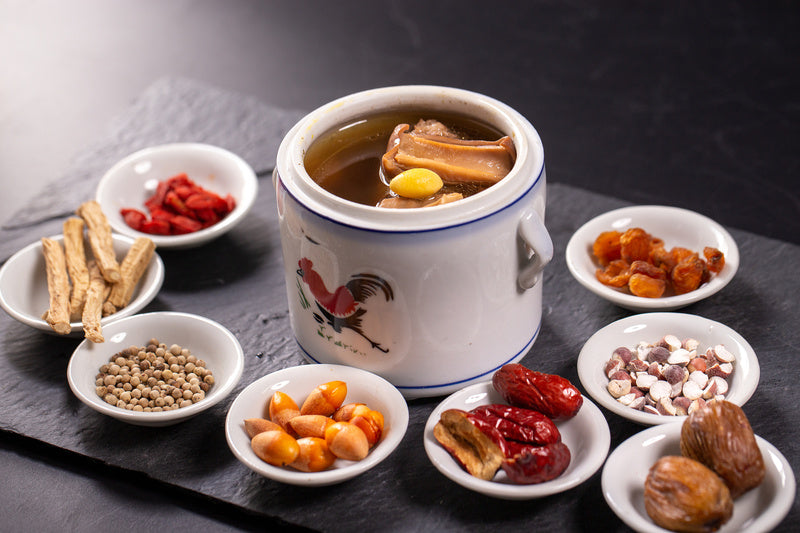
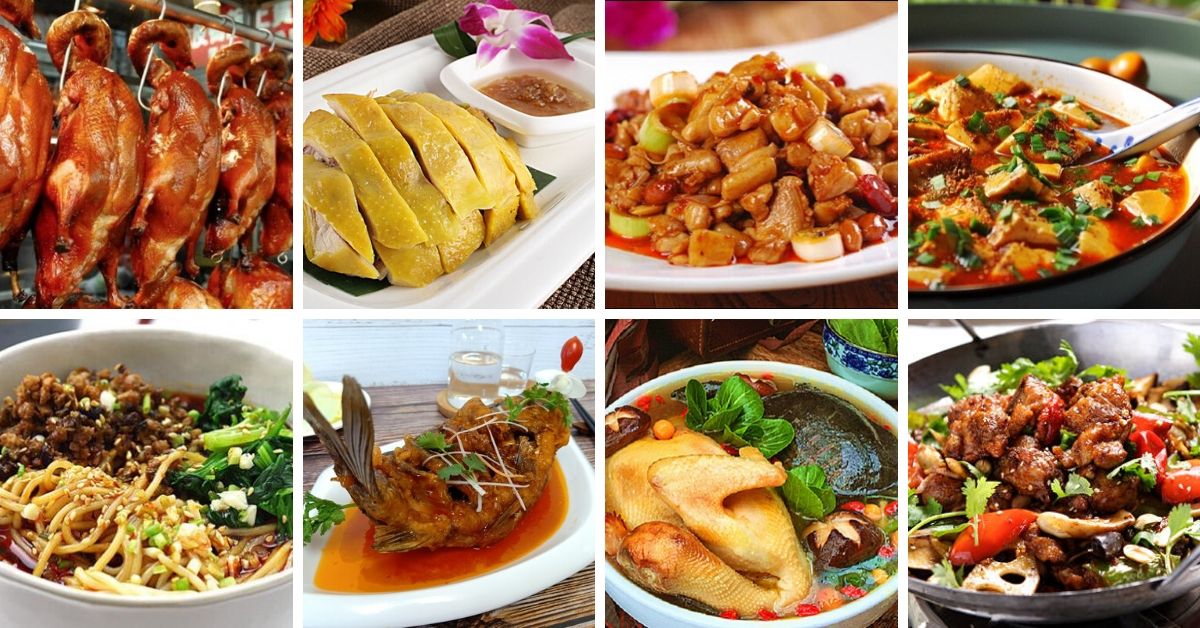
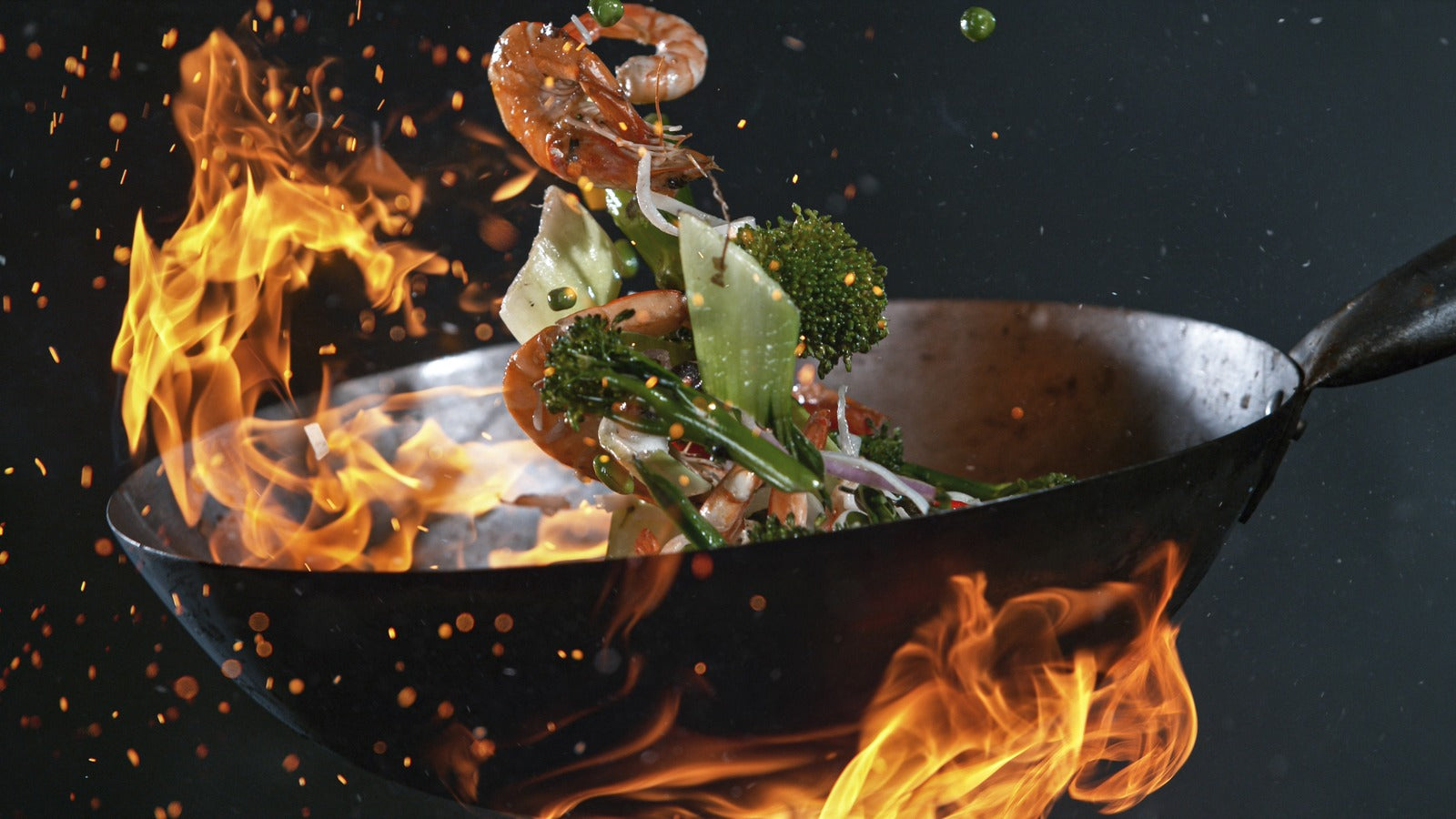
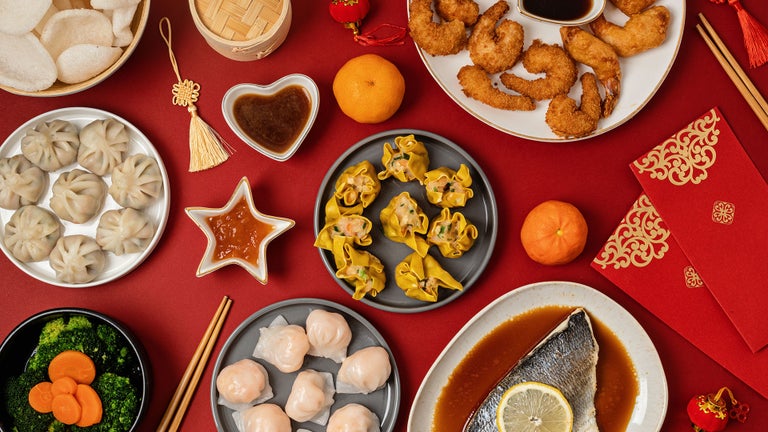
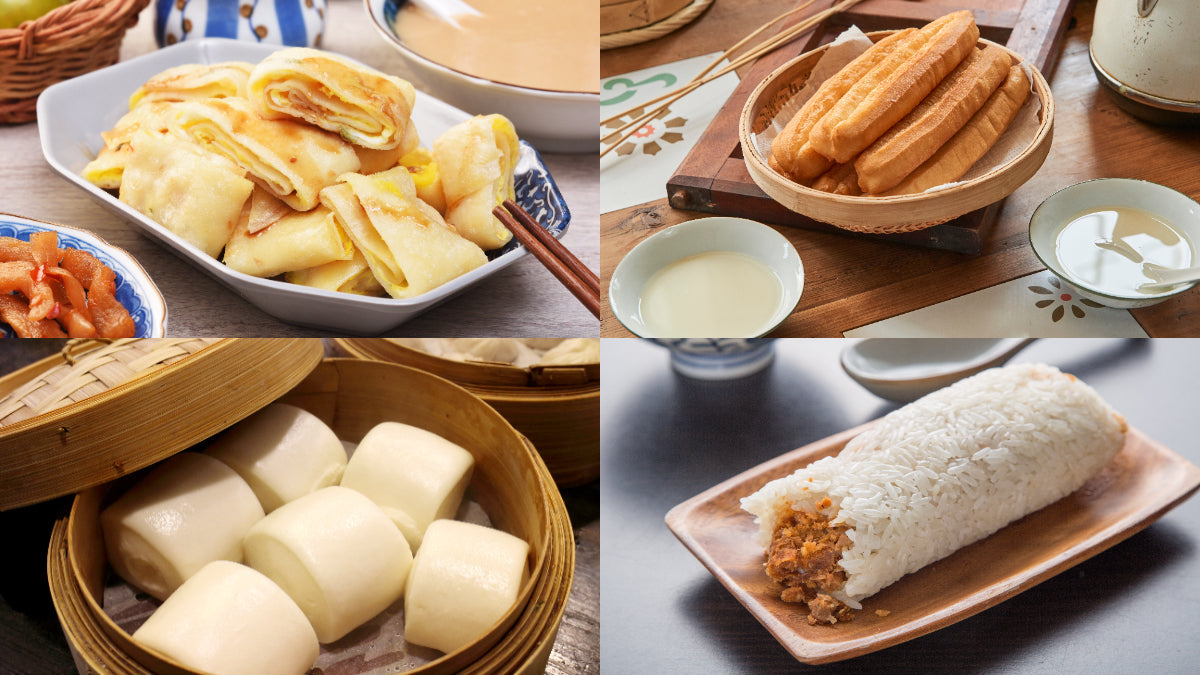
Share:
Top 20 Most Popular Foods in China Among The Natives
Top 10 Must-Try Chinese Street Foods for Travelers